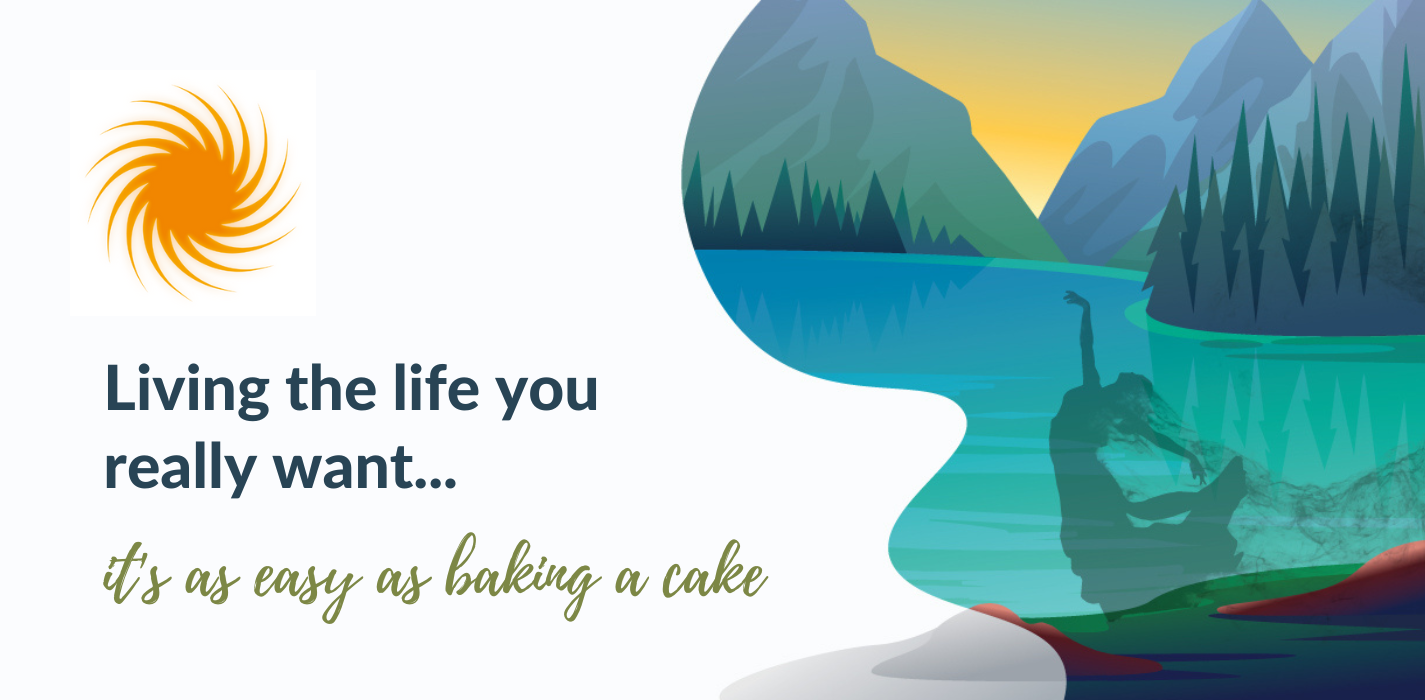For those of you who may have missed my article in the January Greater Concord Chamber of Commerce newsletter, here’s a timely reminder in MARCH for what we may have intended in January!
WHAT is the issue?
New Year’s resolutions don’t work. You know that. Some statistics:
| Resolution maintained through first week | 75% |
| Past two weeks | 71% |
| Past one month | 64% |
| Past six months | 46% |
Source: http://www.statisticbrain.com/new-years-resolution-statistics/
But, why? We are intelligent and successful leaders. Why do we have a DISCONNECT between Intention and Action?
Answer: It’s our brains. It’s how we are wired. But, here’s the good news. We can outsmart our brains.
SO WHAT?
With everything to gain, and much to lose, it’s worth another look at the “right way” to not only plan, but to design a system that enables you and your team to (really) follow though this time. Without consistent and reliable methods for follow-through, your team will lose momentum, become disengaged, and possibly disgruntled. A disengaged team barely scratches the surface of productivity, whereas a highly engaged and motivated team knows no limits.
What if, after many tries of fording an impossible stream, someone built a bridge? Would you ford the stream again? It’s doubtful. What do you have to lose? To gain?
Want this bridge? Read on.
NOW WHAT?
How do we outsmart our brains, then, to go from “Dreaming” to “Doing”? It’s simple, but it’s not easy. If it were easy, we’d find different statistics.
Simply Successful Steps:
- Be certain. Envision your end result, with the caveat that you truly believe you can achieve your goal(s). Half-hearted beliefs are doomed to failure.
- Keep it super simple. A big mistake is to plan for more than three goals. One to three is ideal. “Less is more” after all.
- Believe through the bumps. There will be bumps, but reminding yourself of successes will breed more successes. Honor and celebrate, and expect the bumps. A deep and meaningful “why” is paramount.
- Really remember the reminders. What reminds you of “what you were going to do”? Some use a vision board. Some visualize daily. Create small “if/then” habits (hint: this is a “brain trick.” For example, “IF I open a new browser window THEN I will ask myself what my highest priority of the day is.”)
- Consistently. You must commit to a small step, at least every other day. This creates habit and momentum. It’s also known as Deliberate Practice, which is another way to re-train your brain.
- Get support. No “man is an island.” Humans are gregarious by nature, and in general, find greater success in personal accountability. Try https://www.stickk.com/, a mastermind group, or a coach. Even announcing your goal (personal or professional) on Facebook can help!
Above all, take heart:
According to a 2015 study by the Miriam Hospital in Rhode Island, we can “rebuild our willpower muscle.” Like any muscle however, it must be trained.



